
ENERGY
18-07-2019 by redazione
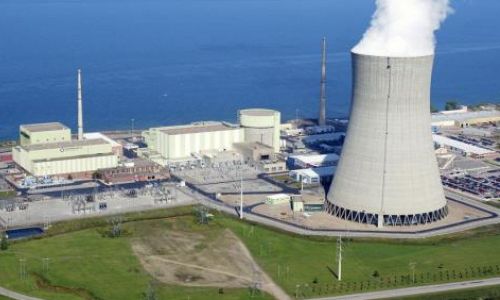
Kenya's nuclear energy agency (NuPEA) has given a mandate to a Chinese company, the China National Nuclear Corporation, to identify the location where the country's first nuclear power plant may be built in about ten years' time.
The first phase, which should last two years, will involve feasibility and environmental impact studies that will culminate in the choice of the ideal site. For the time being, three areas of the country have been identified: Lake Victoria, the coastal region and the Lake Turkana basin.
"We have probed some areas on the coast along the Indian Ocean and near the two great lakes of the country - explained the CEO of NuPEA Collins Juma - because the plant will need a lot of water for its cooling systems. For this reason we have excluded the regions of the Rift Valley".
Although the agency plans to install the nuclear power plant with a capacity of 1,000 megawatts (MW) by 2027, the Ministry of Energy has always argued that the country should consider the hypothesis of atomic energy only when it has fully exploited other sources of energy. According to data from the Ministry, currently hydroelectric power accounts for 35 percent of Kenya's production, while the rest comes from geothermal, wind and diesel plants.
In any case, the project has been started, and it is no coincidence that we are proceeding just after the stop of the Court of Nairobi to build a coal-fired power plant in the archipelago of Lamu, after the protests and the dossiers of environmentalists.
The agency has confirmed that the final cost of the project should be around 150 million dollars and that it will be guaranteed, needless to say, by a Chinese loan.
The objective is to reach a production of 4000 MW by 2033, making nuclear power one of the major sources of energy in the country not to have to depend on hydropower and "clean" energy that work particularly under certain climatic conditions (water, wind, sun) and at the same time reducing carbon emissions.
NuPEA has also announced that it has trained 29 Kenyan scientists on nuclear energy, all graduating with a Master's degree in Nuclear Engineering from the universities of Korea, China and Russia.
ENERGY AND RISKS
by redazione
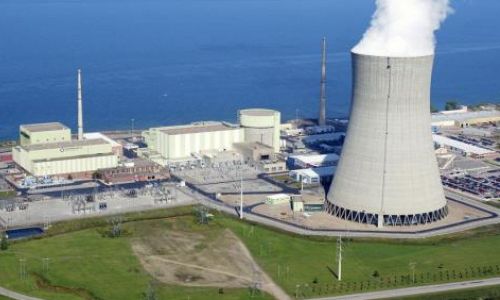
Kenya insists on nuclear energy, and aims to build its first power plant on the coast, starting...
ENERGY
by redazione
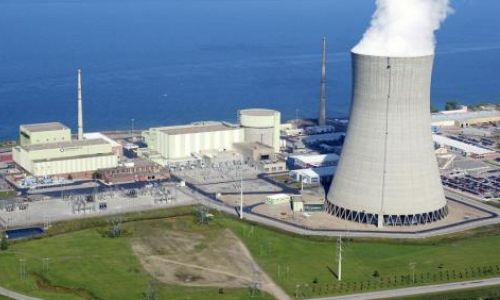
Kenya has decided the area where the first nuclear power plant will be...
NEWS
by redazione
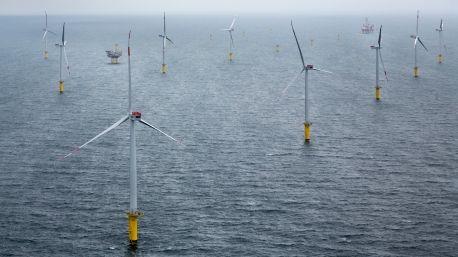
There will be no wind farm in Ngomeni, the area north of Malindi, well known to Italians for its San Marco base.
The 600 megawatt mega-power station, which would have given renewable energy to the entire coastline through the wind, will...
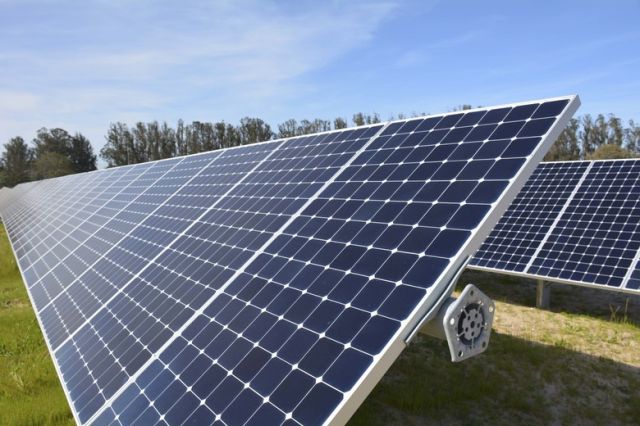
Beginning this year, presumably, Kenyan citizens and foreigners residing in Kenya will be able to legally...
ENVIRONMENT
by Leni Frau
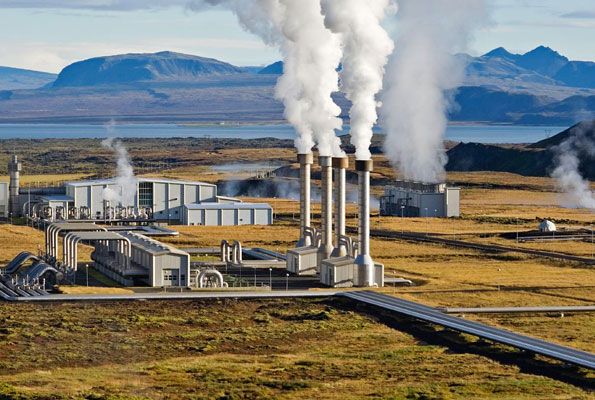
Kenya's 'green' vocation does not stop and indeed, with the acceleration of the United...
NEWS
by redazione

Another step forward for Kenya in protecting the environment and against pollution: Daniel Arap Moi Airport in Mombasa is the first on the African continent...
My mal d'Afrique is not nostalgia
it is thirst
thirst for human energy
voices
smells so familiar, in the morning when I wake up, at the end of a dream taking me out there ...
thirst for strong hands taking...
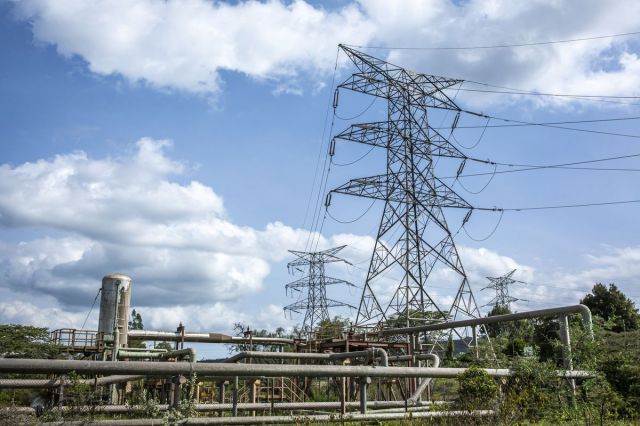
Power blackout in most of Kenya since this morning, Tuesday, January 11.
The Kenya...
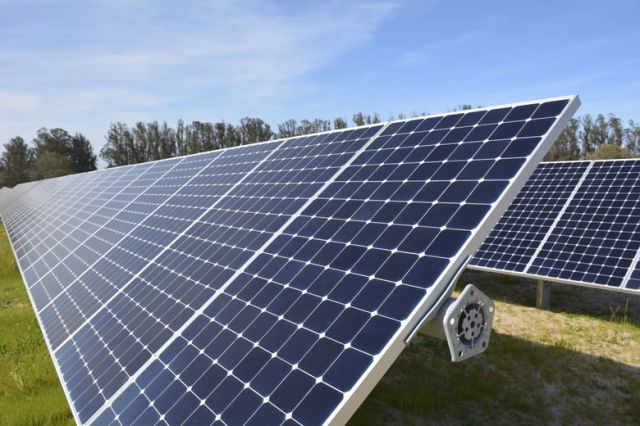
More and more companies, individuals and even public bodies in Kenya are relying on solar energy...
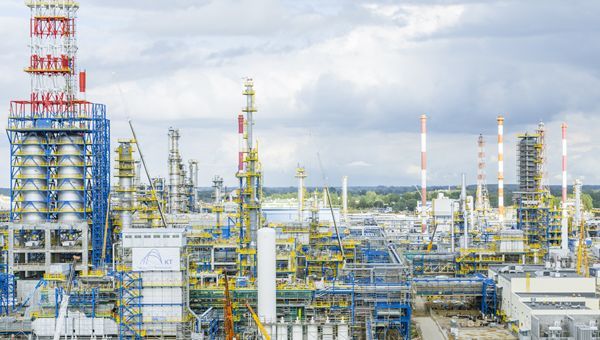
Italian fertilisation plants to raise agricultural production standards and reduce costs and carbon...